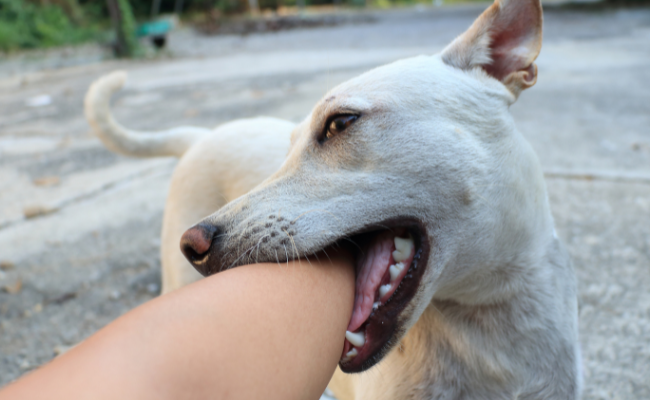How to Treat Animal And Human Bites?
- November 09, 2023
- No Comments

What are Animal and Human Bites?
Animal and human bites break the skin, leading to wounds. Animal bites occur during attacks, while human bites result from teeth contacting skin, often in accidents. Timely treatment is vital to prevent infections from these bites. Seeking immediate medical advice when the skin is broken is essential because both humans and animals carry bacteria in their mouths, which can cause infections if introduced through wounds.
Prompt treatment can usually manage these infections effectively, but complications may arise if untreated, potentially spreading to the bloodstream or other body parts, leading to severe health problems. Although rare, severe infections like tetanus and rabies can have grave consequences, emphasizing the need for quick attention to serious bites.
Why Do Animal and Human Bites Occur?
Animal bites can happen due to various reasons, such as provocation, fear, or feeling threatened. Domestic pets, including dogs and cats, are common sources of animal bites. Wild animals can also bite humans if they feel cornered or threatened. Human bites typically occur during fights, arguments, or accidents, and they can be accidental or intentional.
How to Treat Animal and Human Bites?
- Clean the Wound: The first step in treating any bite wound is to clean it thoroughly with soap and warm water. Gently remove any debris, dirt, or foreign objects from the wound. Use a mild antiseptic solution to disinfect the area and reduce the risk of infection.
- Control Bleeding: If the bite wound is bleeding, apply gentle pressure with a clean cloth or sterile gauze to control the bleeding. Elevate the affected area if possible to reduce blood flow to the wound.
- Apply Antibiotic Ointment: After cleaning the wound, apply an antibiotic ointment and cover it with a clean, sterile dressing or bandage. Change the dressing regularly and keep an eye out for signs of infection, such as increased redness, swelling, or pus.
- Seek Medical Attention: Regardless of the severity of the bite, it is essential to seek medical attention, especially for animal bites. Healthcare professionals can evaluate the wound, assess the risk of infection, and administer necessary treatments like tetanus shots or rabies vaccinations.
- Pain Management: Over-the-counter pain relievers, such as acetaminophen or ibuprofen, can help manage pain and reduce inflammation. Follow the recommended dosage and consult a healthcare provider if you have concerns about medication interactions.
Treatment Solutions for Animal and Human Bites
- Wound Closure: Depending on the severity and location of the bite, healthcare providers may need to close the wound with stitches or staples to promote proper healing and reduce scarring.
- Tetanus Vaccination: Tetanus is a bacterial infection that can enter the body through open wounds. If the bite is deep or if it's been a long time since your last tetanus shot, a healthcare provider may recommend a tetanus booster.
- Rabies Prophylaxis: For animal bites, especially from unknown or wild animals, healthcare professionals might administer rabies prophylaxis, which includes a series of rabies vaccinations to prevent rabies infection.
- Antibiotics: In cases where there is a high risk of infection, healthcare providers may prescribe antibiotics to prevent or treat bacterial infections.
- Follow-up Care: It's crucial to follow up with a healthcare provider to monitor the healing progress, ensure there are no signs of infection, and remove stitches or staples as needed.
Benefits of Prompt Treatment for Animal and Human Bites
- Prevents Infection: Prompt cleaning and treatment of bite wounds significantly reduce the risk of infection, preventing complications and ensuring proper healing.
- Reduces Scarring: Proper wound closure and medical care minimize scarring, allowing the skin to heal more effectively and preserving the appearance of the affected area.
- Prevents Complications: Timely medical intervention prevents potential complications like abscesses, cellulitis, or systemic infections, ensuring the overall well-being of the affected individual.
- Provides Peace of Mind: Seeking immediate medical attention provides peace of mind, knowing that the wound has been properly assessed, cleaned, and treated by healthcare professionals.
- Prevents Rabies and Tetanus: Prompt medical care ensures timely administration of rabies vaccinations and tetanus boosters, preventing the development of these serious and potentially fatal diseases.
Comments (0)